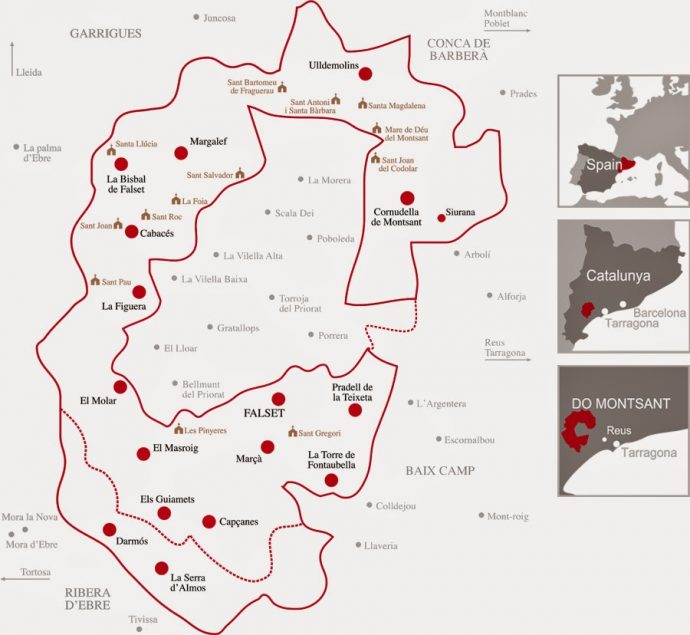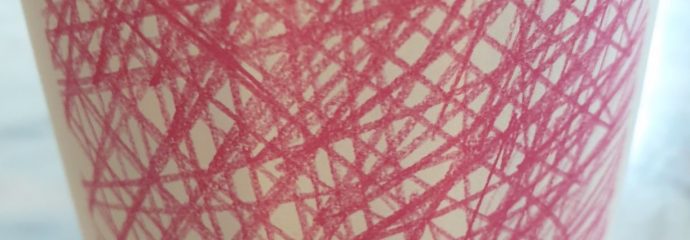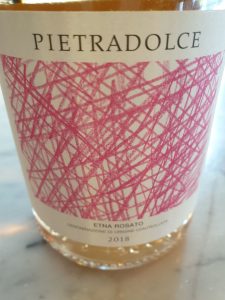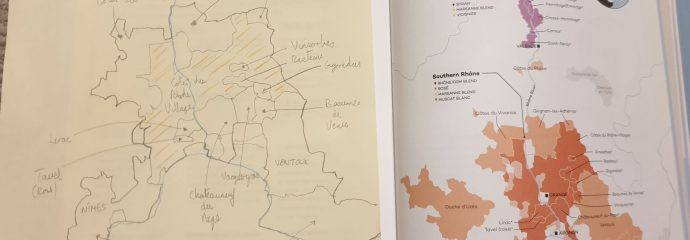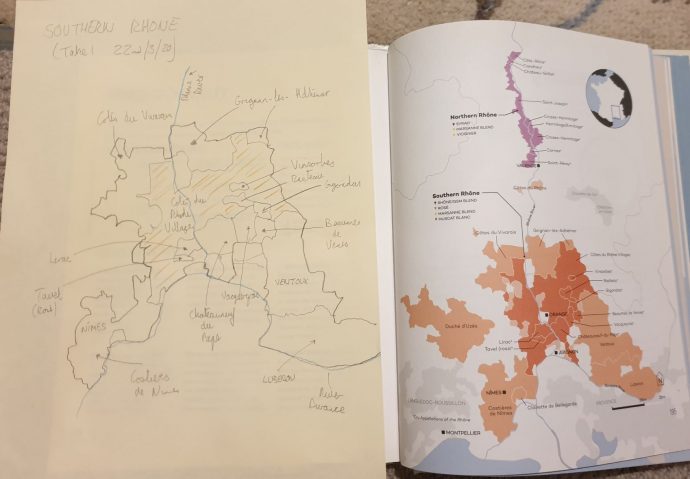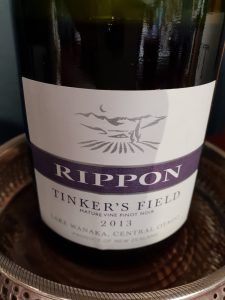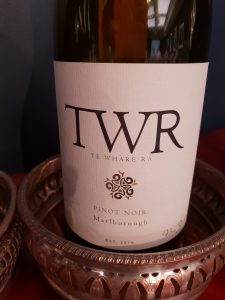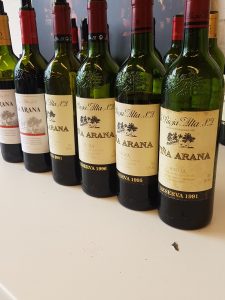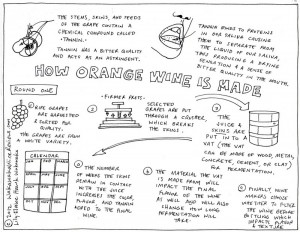At Home Burgundy Tasting!
So here is a selection of wines I blind tasted this week to begin revising Burgundy for my WSET Diploma exams.
Overall this was very useful for me. I found the two supermarket sourced wines from Macon-Villages to really show how the more moderate continental climate can produce a more rounded Chardonnay with slightly less acidity and “crispness” to the wines. The Chablis was also extremely distinctive, with it’s higher acidity level and minerality. A flint / struck match characteristic also came through not as a fault but as an indication of a reductive winemaking technique. Finally, I tasted an Auxey Duresses from the Cote de Beaune (basically a wine slap bang in the middle of Burgundy) Because of this wine’s quality and the smaller size of vineyard, I chose to focus on reviewing this wine from the tasting.
So, the place. Auxey Duresses is an AOC for both Pinot Noir and Chardonnay based in the Cote de Beaune, sitting to the west of Volnay and to the North of Meursault. Generally the wines are 100% Chardonnay, although Pinot Blanc is permitted. There are nine premier cru sites in this AOC, though this wine is not from one of them, and premier cru sites tend to benefit from the south facing aspect provided by the Montagne du Burdo.
The winemaker, Agnes Paquet whose family have had vines in Auxey Duresses since the 1950’s. In this area she holds 13 hectares of vines and is recognised for her innovation in vine growing and wine making techniques. This wine is delicious and an excellent example of what can be achieved with Chardonnay from Burgundy today. Everything in the fields is done by hand and between veraison and harvest, the number of people tending to the vines doubles. Whole bunches of grapes are gently and slowly pneumatically pressed to form free run juice. Fermentation is carried out by indigenous (ambient) yeasts and the use of sulphur is kept to a minimum. The fermentation for white wines takes place in oak barrels and the wines are aged from 12 – 18 months with 15% in new oak. There is no batonnage (lees stirring) during aging and filtration is often avoided, though this wine has had some fining
My condensed WSET tasting notes for this wine
 Appearance is pale lemon, clean and clear.
Appearance is pale lemon, clean and clear.
The nose is pronounced with flavours of lemon, apple, lime, pear, peach, apricot, cream, fresh butter, tiny hints of hazelnut and almond.
The wine is dry with a refreshing high acidity
Alcohol is medium and pleasantly understated
The wine is full bodied, with a great intensity of flavours echoing the aromas I described on the nose.
The wine’s finish is long and distinctive
Overall this wine is outstanding in quality.
There is perfect balance between the alcohol which is subtle and the refreshing clean acidity. The wine has complexity yet (primary) flavours such as apple and lime, (secondary) cream & fresh butter, and even a hint of tertiary characteristics can be pleasantly identified. The finish is long but does not rely on alcohol or acidity, instead individual flavours persist. This wine could age for two to three of years, the acidity will support the primary characteristics and tertiary flavours such as hazelnut and almond have still to fully develop. Beautiful!!!










